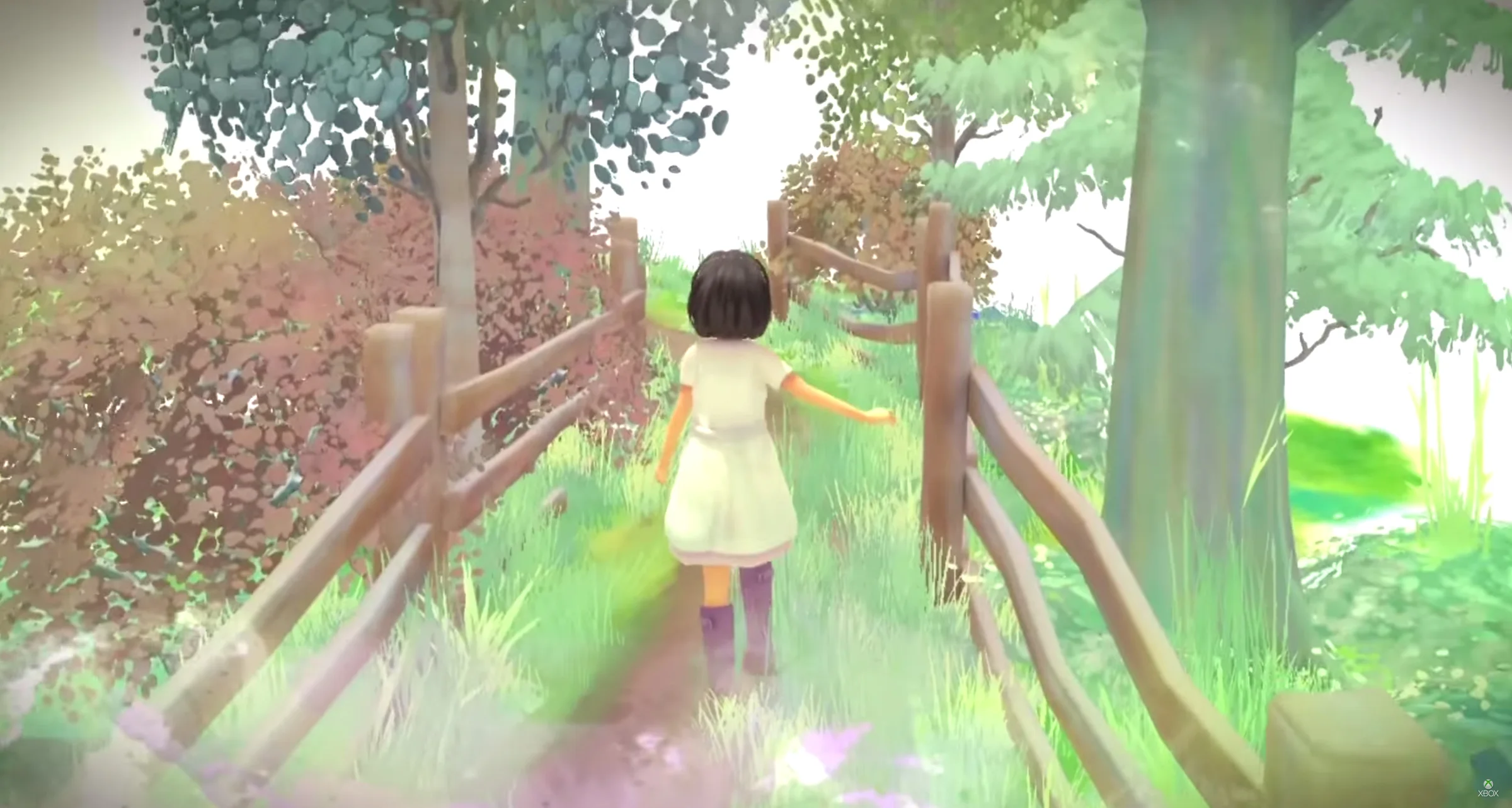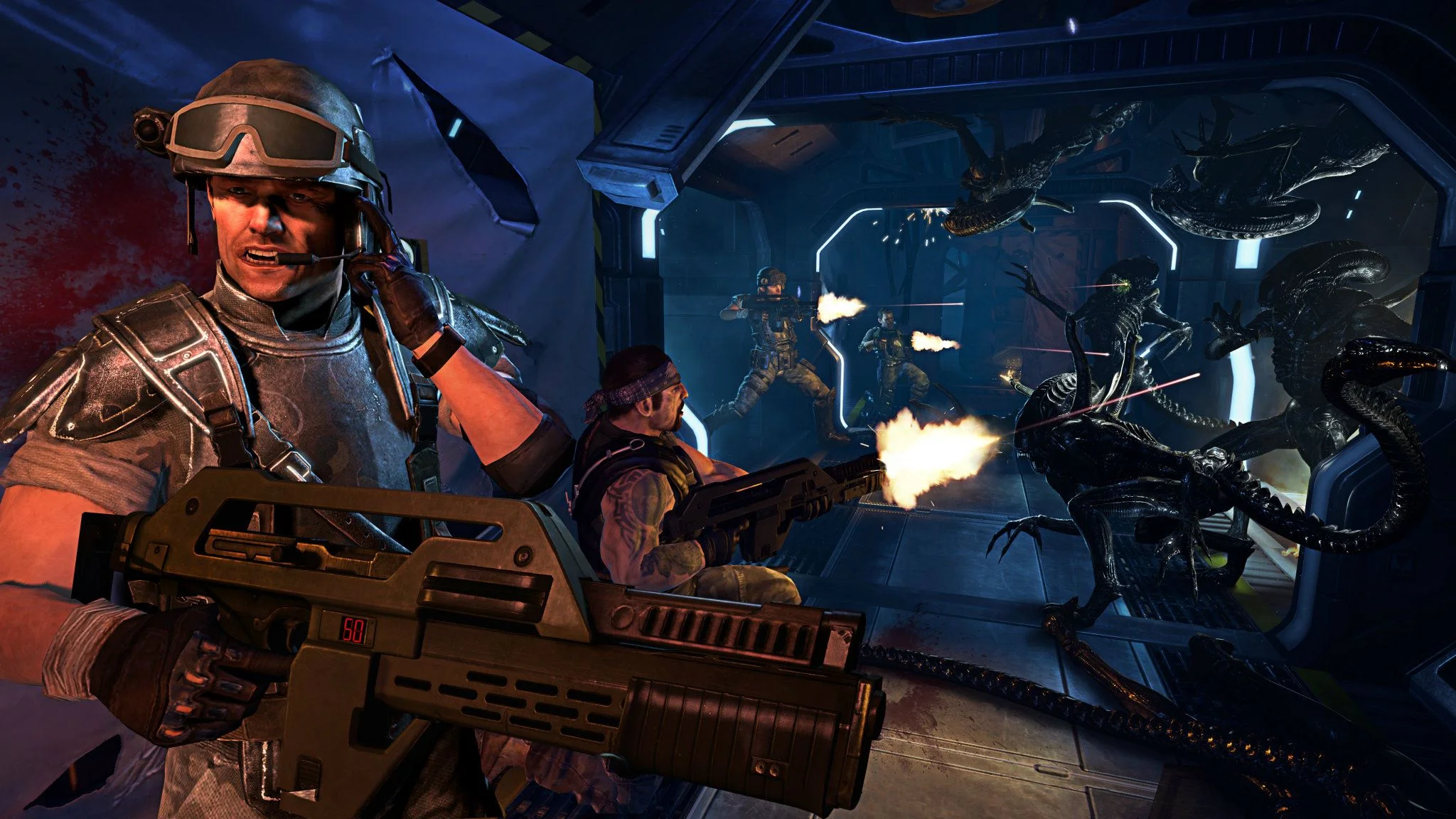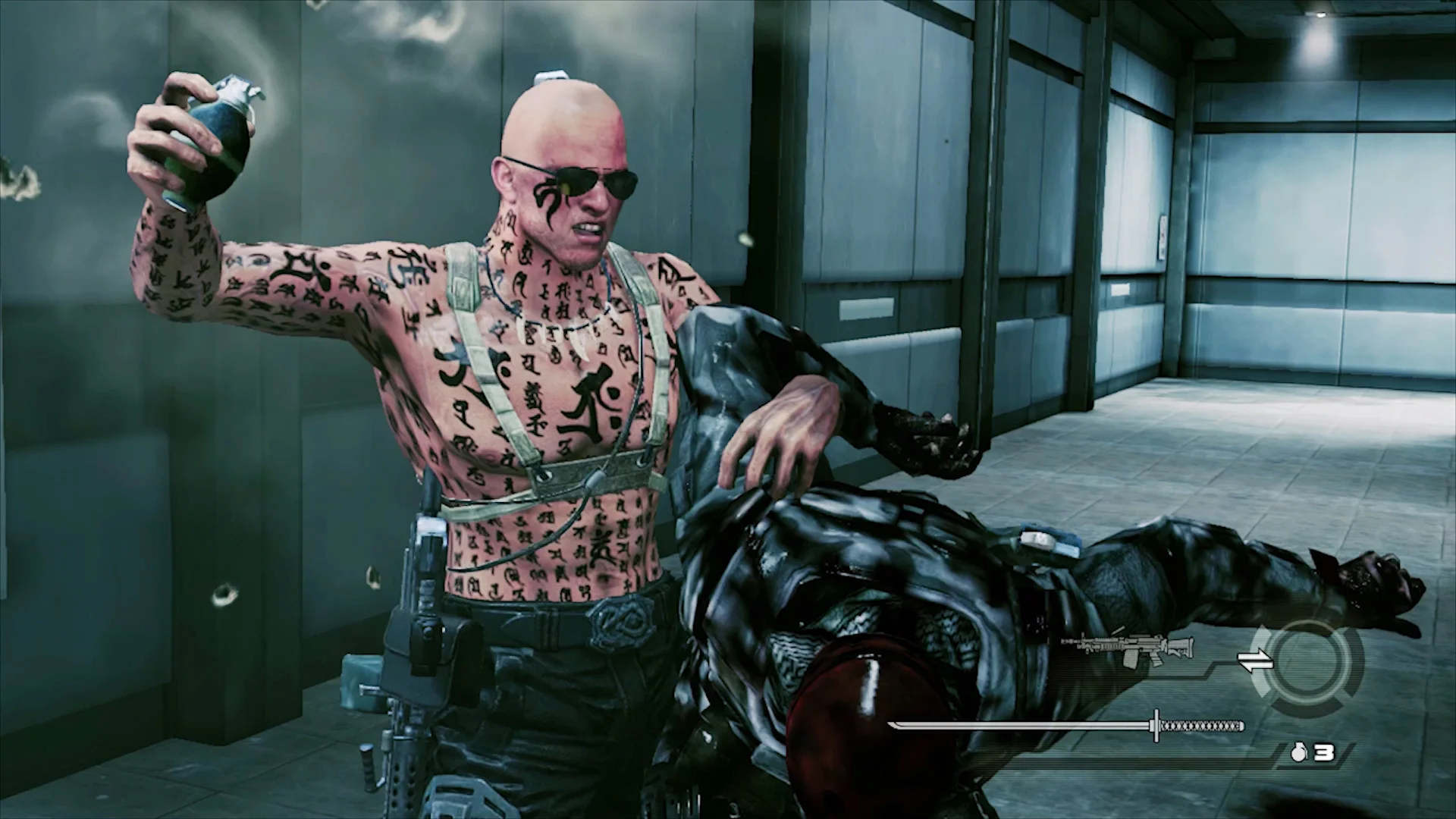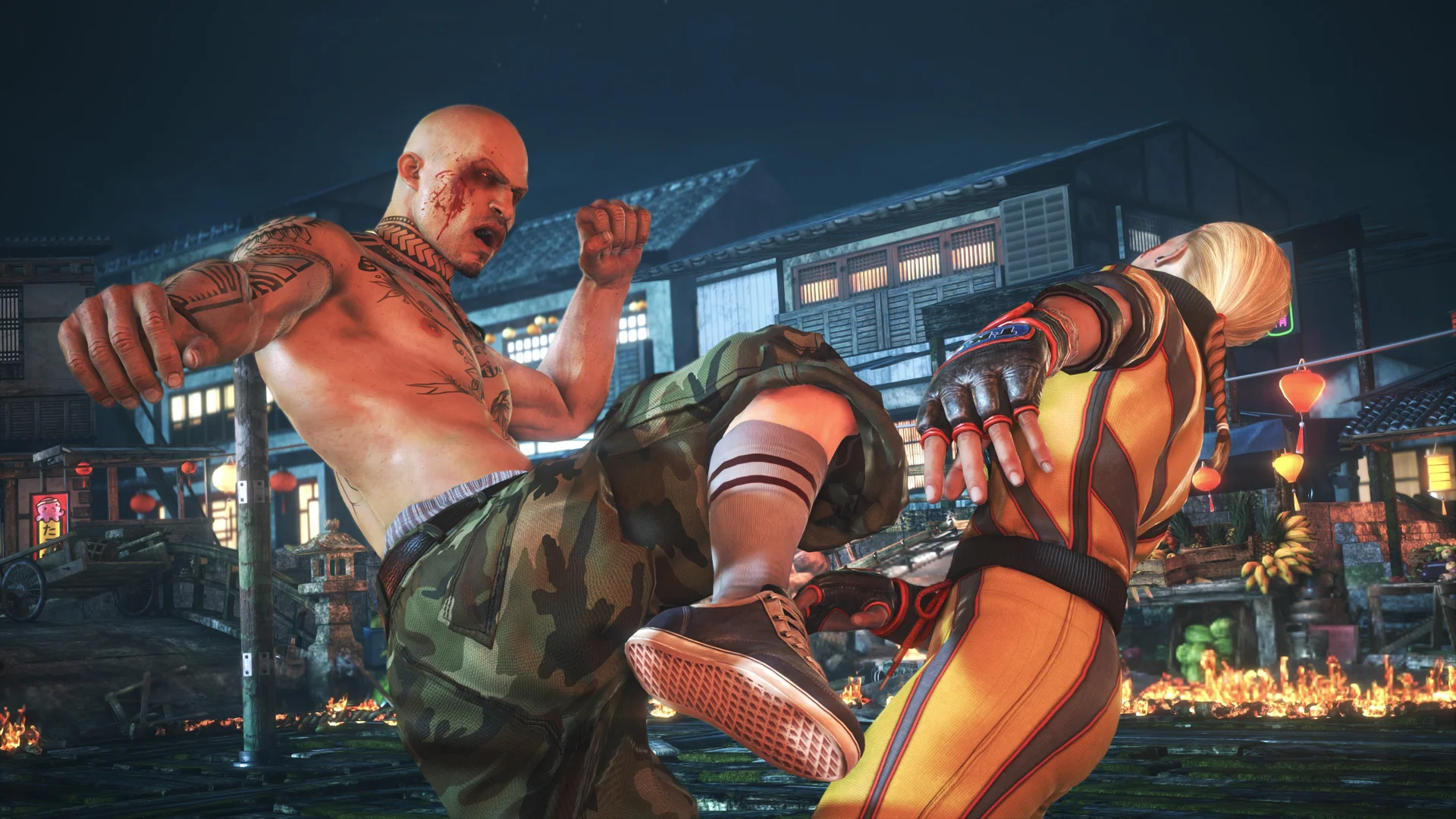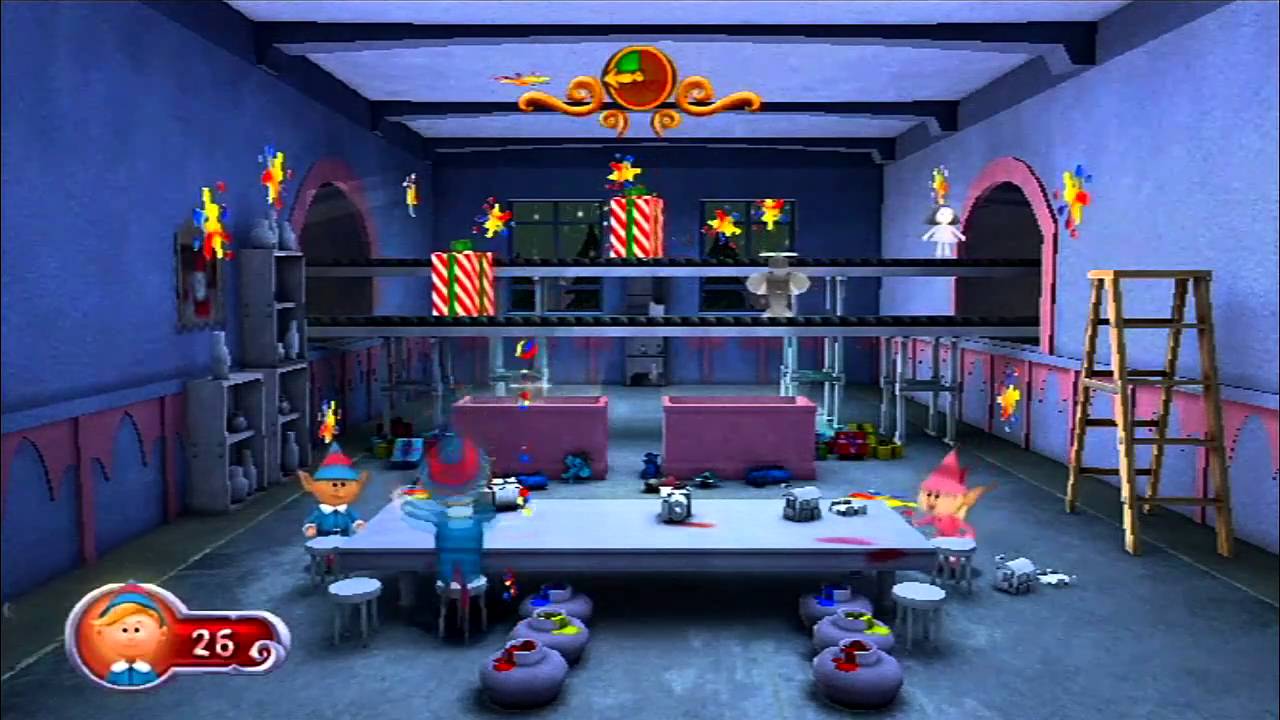Is it worth your time?
At IGN, we're all about having fun, but when it comes to reviews we take things seriously. Reviewing is the most important thing we do, because this is when we help you make a decision about how to spend your money. Our goal is twofold: Offer a critical view of how a piece of media succeeds or fails, and to give you as much info as possible to help you determine if something is worth your time and hard-earned cash.
Of course, not everyone wants to read through a full written review, which on IGN will generally range from 1,000 to 4,000 words. Maybe you’re short on time, and maybe you’re simply extremely spoiler sensitive and are looking to avoid any hint of detail and would prefer a summary. For that reason, we provide a brief, one-paragraph Verdict section that summarizes all the major praise and criticisms and provide an overall score. While the Verdict and score won't provide you with as much detail and is not intended as a replacement for reading the full review, it offers a snapshot of our impressions.
The IGN Review Scale
Art criticism, whether you’re talking about games or movies or TV shows or comic books, isn’t a science. To use games as an example, while you can count the pixels on screen, the number of frames per second displayed, or even the number of hours of content available, none of these things mean a game is good; even if it’s technically bulletproof and runs at 4K and 144Hz it could still be terribly boring. Conversely, a game can run in 900p at 30 frames per second (with occasional dips into the 20s) and still be worthy of our highest rating: Masterpiece.
The fact is, while many have tried, you cannot objectively measure how good or fun a game or movie or TV show or comic book is in the same way you can quantify things like temperature or mass or speed. All of these mediums are art forms, and the goal of art is to inspire an emotional reaction in its audience. Therefore, what we’re doing in reviews is talking about how a given work affects us emotionally when we watch or read or play it – and the review is the inherently subjective perspective of an individual critic. When we then summarize that review into a score, we’re not doing any kind of calculation; there’s no “default” score that’s added to or subtracted from to arrive at the final number, and no qualities or features (or lack thereof) are worth a prescribed number of points. That’s because scores aren’t math – they are code, with each number corresponding to a description on our scale.
Historically, IGN used a 100-point scale for more than a decade, briefly switching to a 20-point scale from 2010 to 2012 before reverting back. However, starting in January 2020, we’ve changed over to a 10-point scale for games, movies, TV, and comics (leaving intact the scores of our back catalogue). We believe this scale, as described below, clearly and effectively communicates the decisive opinion of the reviewer without getting lost in the weeds over the difference between incremental scores.
Scores are just a baseline for our opinion, though. All reviews go through a stringent editing process for fairness, transparency, and accuracy by the time they finally appear on IGN and stand as the IGN Review. That being said, there’s also a byline on every text you see, and we encourage you to follow our writers on platforms like Twitter, get to know them on their IGN pages, and try to get an understanding of where they’re coming from based on their recommended games. With many different voices on display at IGN — both from current and former contributors — it isn’t feasible that every opinion will magically line up (pending the development of hive-mind technology). A reviewer of a sequel to a game that came out a decade ago, for example, shouldn’t be beholden to the score a previous reviewer gave the original because that was the view of a different person in a different time and place. Basically, we don't want review scores to end the discussion, but to encourage more of them, and we want you to interact with our reviewers throughout the entirety of the process in a smart, courteous, and passionate way.
10 - Masterpiece
Simply put: this is our highest recommendation. There’s no such thing as a truly perfect game, but those that earn a Masterpiece label from IGN come as close as we could reasonably hope for. These are classics in the making that we hope and expect will influence game design for years to come, as other developers learn from their shining examples.
Examples include:
9 - Amazing
When peace returns to Hyrule, it will be time for us to say goodbye!
We enthusiastically recommend that you add these games to your to-play list. If we call a game Amazing, that means something about it seriously impressed us, whether it’s an inspired new idea or an exceptional take on an old one. We expect to look back at it as one of the highlights of its time and genre.
Examples include:
8 - Great
Conroy never had it better.
These games leave us with something outstanding to remember them by, usually novel gameplay ideas for single-player or multiplayer, clever characters and writing, noteworthy graphics and sound, or some combination thereof. If we have major complaints, there are more than enough excellent qualities to cancel them out.
Examples include:
7 - Good
Oh, Look! A Supersonic Acrobatic Rocket-Powered Battle-Car
Playing a Good game is time well spent. Could it be better? Absolutely. Maybe it lacks ambition, has a few technical bumps in the road, or is too repetitive, but we came away from it happy nonetheless. We think you will, too.
Examples include:
6 - Okay
We need to take up papercraft
These recommendations come with a boatload of “ifs.” There’s a good game in here somewhere, but in order to find it you’ll have to know where to look, and perhaps turn a blind eye to some significant drawbacks.
Examples include:
Not quite a seminal classic
5 - Mediocre
This is the kind of bland, unremarkable game we’ve mostly forgotten about a day after we finish playing. A mediocre game isn’t something you should spend your time or money on if you consider either to be precious, but they’ll pass the time if you have nothing better to do.
Examples include:
It may have been a dream
4 - Bad
For one reason or another, these games made us wish we’d never played them. Even if there’s a good idea or two in there somewhere, they’re buried under so many bad ones and poor execution we simply can’t recommend you waste your time on it.
Examples include:
The look of panic
3 - Awful
You’re welcome. We just saved you from making a terrible mistake by buying this collection of poorly executed, bad, or unoriginal ideas – or even playing it for free. While even a Bad game generally has some bright spots, an Awful one is consistently unenjoyable.
Examples include:
I guess the arm joints are original.
2 - Painful
Let’s face it: anything worse than Bad is a trainwreck. Worse than Awful? That’s kind of impressive. Not only are these games not fun, but they’re outright infuriating or insulting.
Examples include:
Like a knee to the face
1 - Unbearable
The silver lining of these dark clouds is that they’re often so poorly made that they crap out after a certain point (if they ever worked at all), so we were spared from any permanent effects that playing a game this terrible might have on our brains. We don't always take the time to write up reviews of games that are this obviously bad, but they're out there.
Examples include:
Don't you guide my sleigh tonight.
Review Scale Questions & Answers
How do you determine scores?
As stated above, our goal is twofold: Offer a critical view of how a game succeeds or fails, and to give you all the info needed to determine if a game is worth your time and hard-earned cash. We offer playing and/or buying recommendations, and strive to rank its quality based on our critics’ opinions. We look for games that are fun to play, but we're also keen to find games that surprise us, push the boundaries, and explore new territory.
Unfortunately, there's no science behind a score, no algorithm that can be run to "get it right" for every single reader. It evolves as a process from a reviewer playing through a game, talking with the senior staff about the experience, going through several edits and revisions to make sure the argument is air-tight, and looking at how it stacks up against other similar games, and more. In short, we do our best to give a score that represents a sound recommendation, one way or the other. Note that a review score doesn't start at 0 or 10 and add or subtract points until the final score is reached – it is a direct translation of the word described on the scale above.
How do you decide who gets to review what games?
Our goal is always to pair up games with the person who knows and cares about the genre, the series, and the style of game, to offer the most expert opinion possible. Similarly, wherever possible we avoid assigning a game to someone who wasn’t already interested in playing it. We try to make sure our entire staff is well-rounded, but also that the game ends up in the hands of an critic who can speak to the genre and platform in an educated way that serves our audience.
And yes, sometimes people are eager to play games that turn out to be huge disappointments. That’s just the nature of the beast – if every game were as good as the marketing made it look, reviewers would be out of a job!
Sometimes one person gives a game a great review, but another editor says they didn't like the game -- who's right?
Because reviews are, by definition, someone’s opinion, no review is ever “right,” and no review is ever “wrong” (as long as it’s based on correct factual information). The IGN review is the official statement on a game's quality because we’ve chosen a single critic to step up and represent us, but it is still the opinion of the reviewer, and no opinion is universal among all gamers. Just as you and your friends feel differently about certain games being amazing or just good, those disagreements exist within the IGN team. We would never want to silence the voice and opinion of our other editors, and everyone is free to respectfully speak up on any game on any of our many followup articles and discussion shows. We think one of the things that makes IGN special is that we have an office packed with people who absolutely love playing and discussing games. We want editors to continue that discussion, even if the opinion isn't always in line with our official review.
I see ads on IGN's site for games you review. Do advertisers affect your review scores?
Absolutely not. IGN has a very strict separation between sales and editorial. Editors are unaware of upcoming ads and promotions. It's as much a surprise to us when we see an ad on our site as it is to the readers.
Do you ever change your review scores if a game is improved after its release?
Yes, but only very rarely. To get a second review, a game must have both changed substantially enough that the original review is no longer accurate, and it must still be popular enough that many gamers are actively searching for reviews of that game. These conditions are seldom met, so do not expect to see IGN revisit a score often.
Why do you review games that are in Early Access or Open Beta?
It’s important to recognize that both “beta” and “early access” mean different things to different games – in some cases it’s a small slice of a game that’s used as a technical test, whereas for many others (such as wildly popular games like Fortnite and Minecraft) it’s the full experience, costs money, and can even exist for years with that label.
Considering that nuance, our policy is that a game is eligible for review if all or the vast majority of its content is available to the public and/or a game maker is charging a significant price for access or for microtransactions within it, regardless of whether they consider it to be the “finished” product. If only some of the content is included but the core gameplay is available, we may opt instead for a Review in Progress format, which may or may not include a score based on the question, “If We Had To Score It Now.”
Readers should note that developers and publishers use these labels to indicate that their game is expected to undergo significant changes, but we know that IGN’s readers still seek our opinion on a game when it is publicly available, especially if it’s a game that involves purchases.
Naturally, a game that’s reviewed in early access or beta is eligible for an updated review when those labels are eventually removed if we feel that the original review no longer reflects our current recommendation and there is still substantial audience interest in that game.






